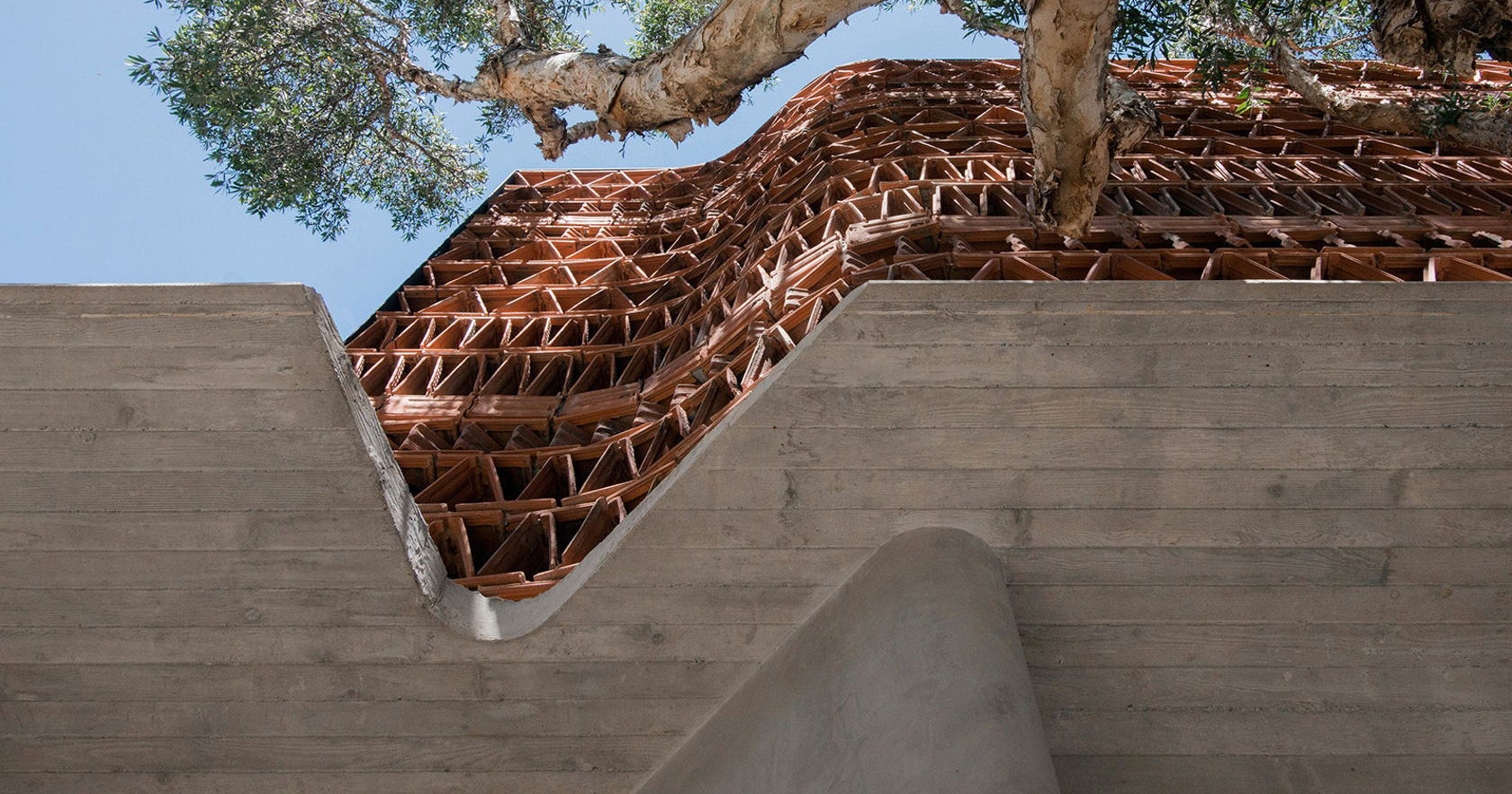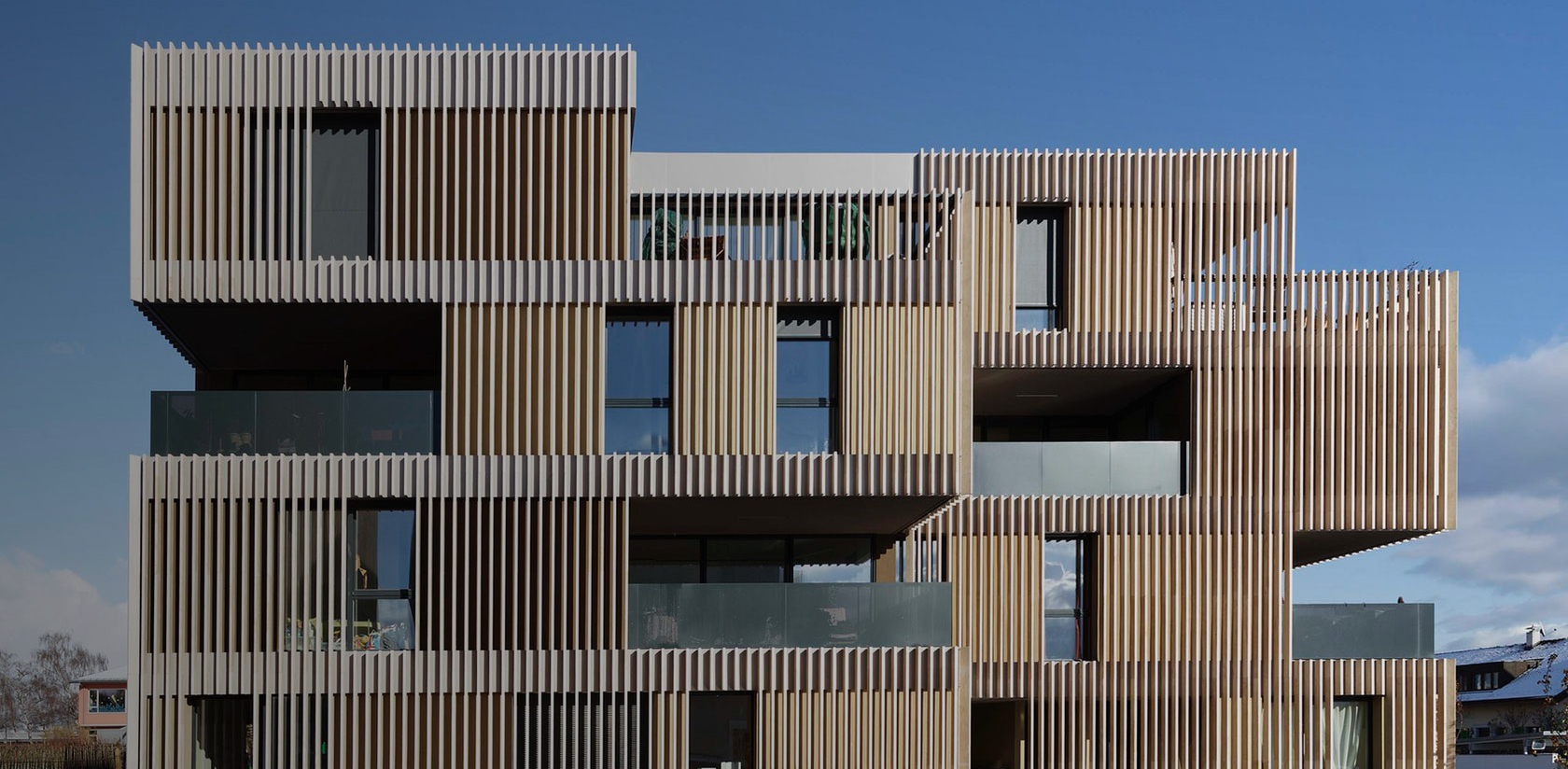The 7th Annual A+Awards is accepting entries until midnight on March 29th — Click here to submit your best works for more than 140 award categories.
The times, they are a-changin’.
Bob Dylan’s classic line has never been more relevant to architects than it is today. There was a time not long ago when, unless your name began with “Zaha” or ended in “Gehry,” any chance of the media recognizing you or your work seemed slim to none. Furthermore, to be considered noteworthy, buildings had to possess just as big a personality as their authors. Catalyzed by the Guggenheim Bilbao, instant icons by Hadid, Libeskind, Calatrava and more proliferated in urban centers across the globe.
The birth of “Starchitecture” has been well documented, but reports of its death have been greatly exaggerated — until now.
A “changing of the order” within both architecture and media was highlighted by Chris Precht of penda, the A+Awards Emerging Firm of the Year in 2016. “When I still was a student, it seemed that there was this distance between us and the star architects that was really, really huge,” said Precht. “They were very difficult to reach; they were very difficult to get in touch with. I think that, for our generation, the age at which you can be a known architect is getting much younger, thanks to new technology and through media publications. Young offices now have a chance to somehow catch up to the elite in architecture.”
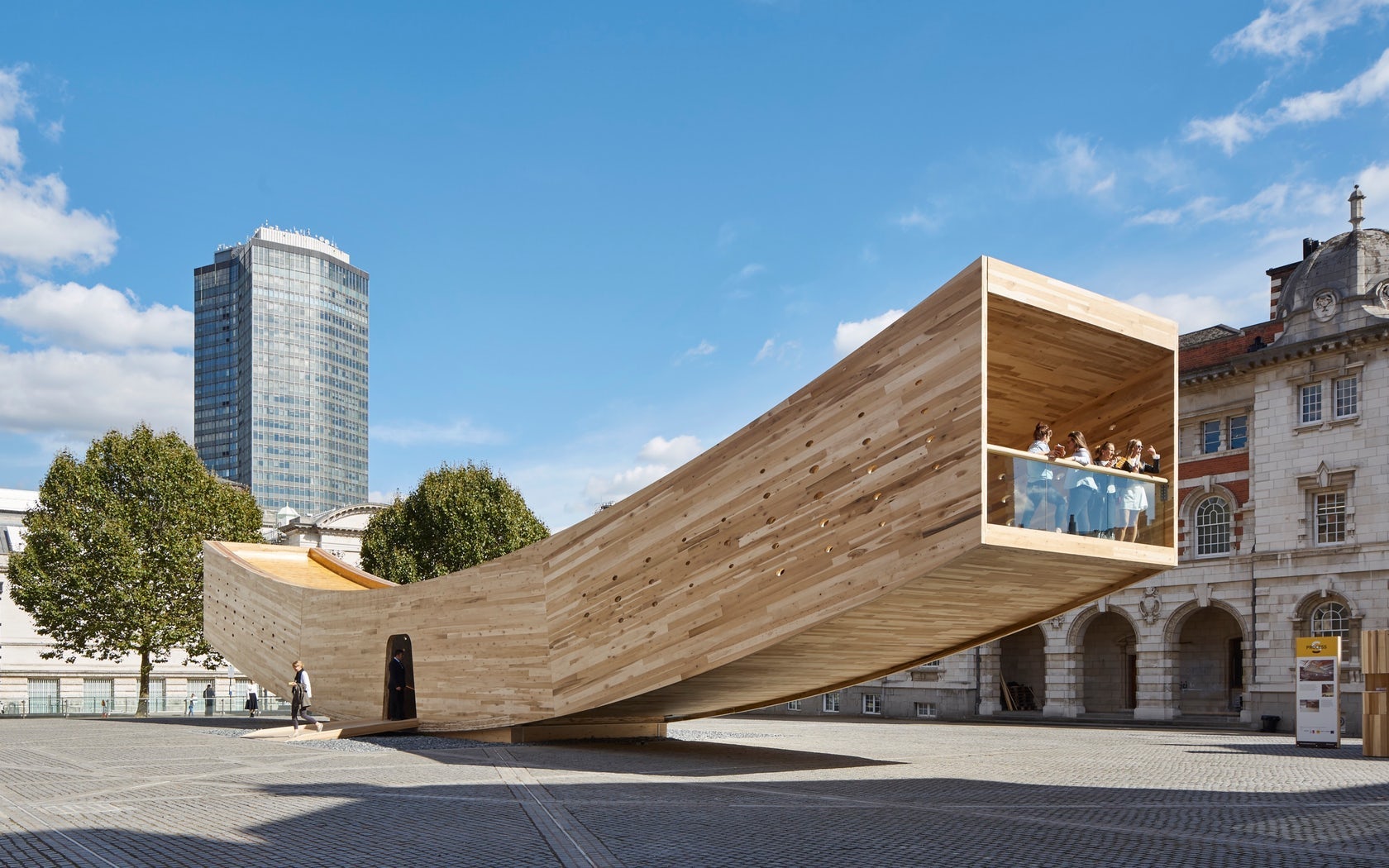
The Smile by Alison Brooks Architects, London, United Kingdom — shortlisted in multiple categories including the Cultural-Pavilions category
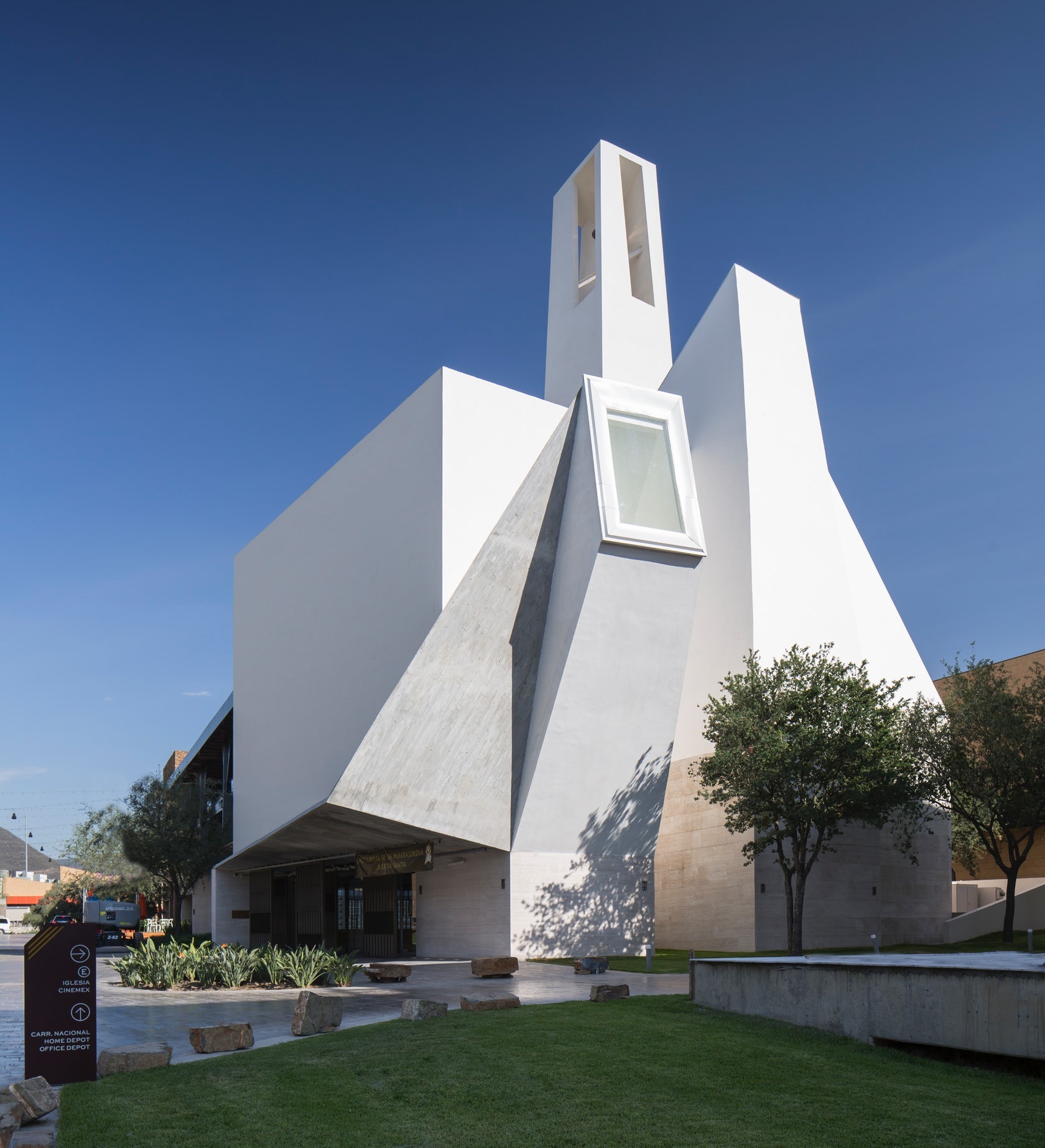
Parish Church in Pueblo Serena by Moneo Brock Studio, Monterrey, Mexico — shortlisted in the Cultural-Religious Buildings & Memorials category
With these words, Precht highlighted the beauty of Architizer’s A+Awards, now in its seventh year and open for entries until March 29th this year. The A+Awards program has fueled a fundamental shift in emphasis away from individual architects to the work of talented design teams, awarding firms based on their brilliant buildings rather than their brand. This year’s shortlist is further evidence that great architecture rises to the top, regardless of where it is located, who designed it and how big their marketing budget is.
Make no mistake — many of these projects are just as iconic as their starchitect-designed predecessors. Alison Brooks Architects’ pop-up pavilion “The Smile” is an instantly recognizable piece of architectural exuberance, a celebration of modern timber construction complete with a great sense of humor. Meanwhile, Moneo Brock Studio’s gleaming Parish Church in Pueblo Serena cuts an instantly recognizable silhouette against the blue skies of Monterrey, Mexico. On the residential front, SV60’s vibrant social housing project in Ceuta, Spain, exhibits a truly remarkable — and memorable — building envelope.
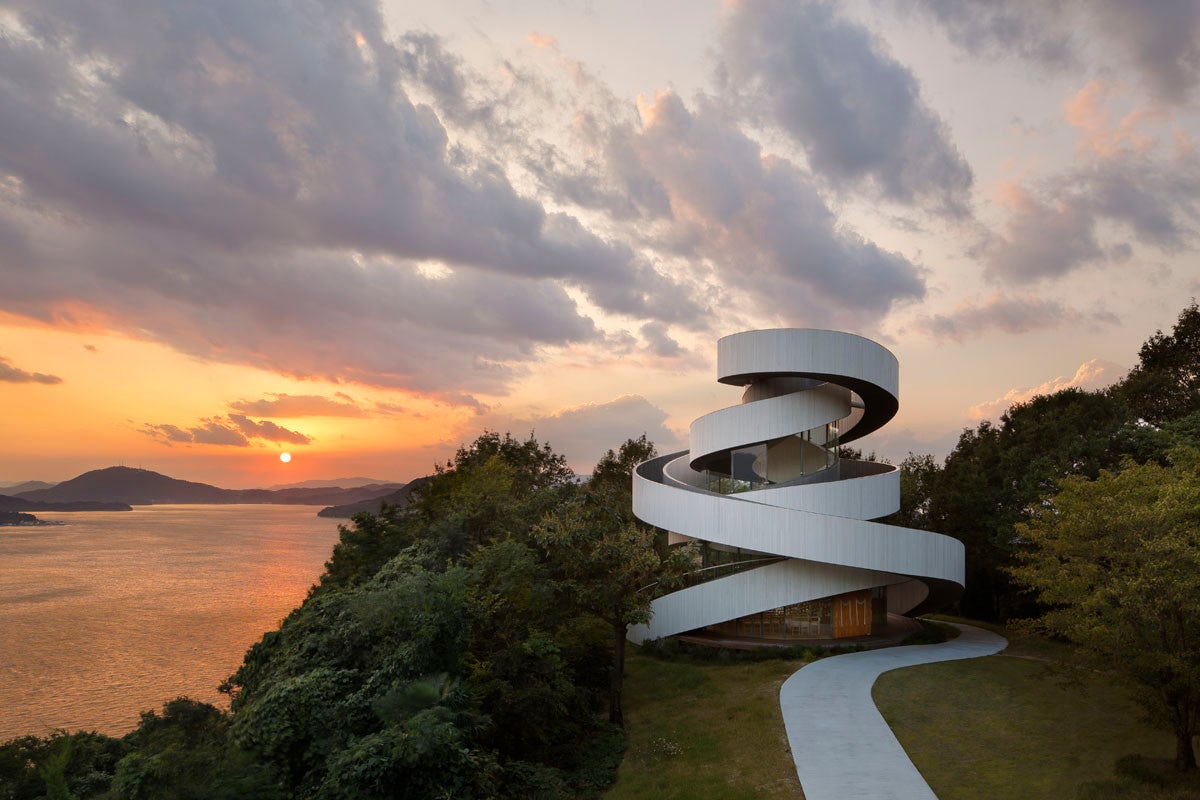
Ribbon Chapel by Hiroshi Nakamura & NAP, Hiroshima, Japan — shortlisted in the Cultural-Religious Buildings & Memorials category; image © Koji Fujii / Nacasa & Partners

Tangential Dreams pavilion by Mamou-Mani, Pershing County, Nev. — shortlisted in the Commercial-Pop-Ups & Temporary category
The list of localized landmarks goes on. Hiroshi Nakamura & NAP’s extraordinary Ribbon Chapel is a formal manifestation of joyful emotions, while Christ & Gantenbein’s addition to the Swiss National Museum in Zürich is a master class in combining the contrasting qualities of old and new. At a smaller scale, the spiraling wings of Mamou-Mani’s temporary Tangential Dreams pavilion formed a perfect centerpiece for the 2016 Burning Man festival. Indeed, the burning of this stunning structure could be the perfect metaphor for the triumph of humble, fleeting beauty over Starchitecture’s constant search for architectural immortality.
These structures constitute landmark projects for their respective firms and lent a new sense of place to their localities, just as Gehry’s Guggenheim did in Bilbao. However, their success is attributed not just to a sole author and a signature style — each is the product of a hardworking team of architects, all of whom now have a chance to be rewarded on a global stage for their playful approach to context and a deep understanding of their chosen materials. The usual battle of household names makes way for pure, unadulterated design in this competition.

Rendering of Serpentine Pavilion 2016 by BIG – Bjarke Ingels Group, London, United Kingdom — shortlisted in the Cultural-Pavilions category

Salerno Maritime Terminal by Zaha Hadid Architects, Salerno, Italy — shortlisted in the Transportation-Transportation Infrastructure category
This is not to say that those considered “star architects” don’t get a look in, of course. Bjarke Ingels’ BIG is in the running for its stunning Serpentine Pavilion in London, while Zaha Hadid Architects made the shortlist in the Transportation Infrastructure category for its striking Salerno Maritime Terminal in Italy. These spectacular projects are just as worthy of the spotlight as any other, but that is precisely the point — they have an equal chance of winning an A+Award, along with every other firm. Architizer’s “great leveler” — a fully democratic online voting system — ensures that the best buildings come out victorious.
Is the death of Starchitecture really upon us? The debate will undoubtedly rage on, but as you consider this question and its consequences, make sure to put your projects in the running for this year’s awards.
Click here to submit your projects and products in the 2019 A+Awards now.
All images courtesy of the architects unless otherwise stated.
